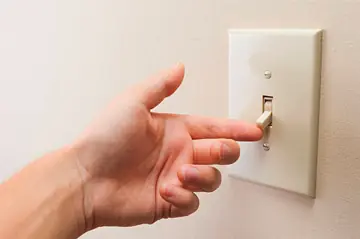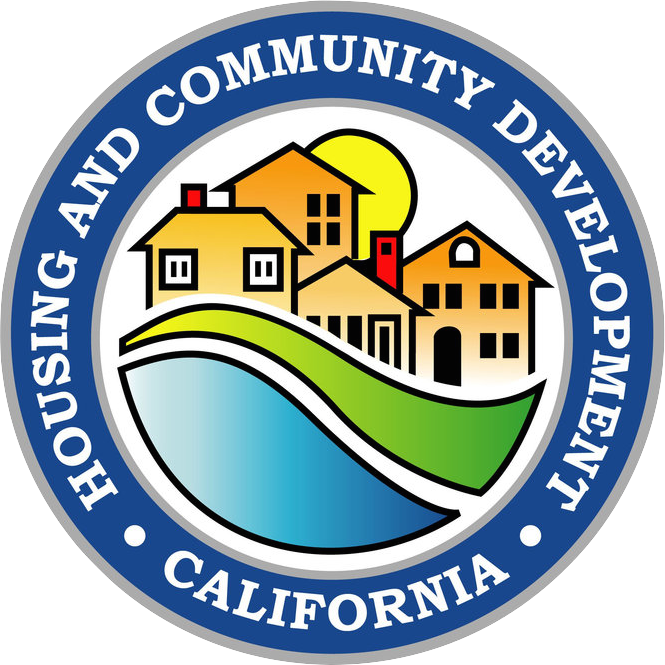Opportunities for Energy Conservation
Government Code Section 65583(a)(7) requires “an assessment of housing needs and inventory of resources and constraints relevant to the meeting of these needs. The assessment and inventory shall include the following: An analysis of opportunities for energy conservation with respect to residential development.”

The energy conservation section of the housing element must inventory and analyze the opportunities to encourage the incorporation of energy-saving features, energy-saving materials, and energy-efficient systems and design for residential development. Planning to maximize energy efficiency and the incorporation of energy conservation and green-building features can contribute to reduced housing costs for homeowners and renters, in addition to promoting sustainable community design and reduced dependence on vehicles. Such planning and development standards can also significantly contribute to reducing greenhouse gases. Updated policies and programs could address the environmental significance and operational benefits of employing energy conservation in the building and retrofit of decent, safe, and affordable housing.
Requisite Analysis
The housing element should analyze opportunities for energy conservation in residential development. Examples of areas to be evaluated include:
Planning and Land-Use
- Planning to provide an adequate supply of housing will ensure sufficient affordable housing for the full range of income groups, reducing long commutes in search of affordable housing.
- Planning for sufficient housing supply in the right locations — close to jobs, services, and amenities — reduces congestion and long commutes.
- Adopting higher densities and promoting infill and compact development patterns will promote housing affordability, maximize existing land resources, reduce pressure to convert agricultural resources, and conserve habitat and environmentally sensitive areas. According to the Urban Land Institute publication Growing Cooler, “conserving or developing infill housing within a more urban core has been shown to reduce primary energy consumption an average of 20 percent per household over newer sprawl developments.”
- Data consistently shows higher-density housing results in lower vehicle miles traveled.
- Data consistently shows occupants of affordable housing own fewer cars are more likely to use public transit.
- Examples of programs or policies to be incorporated into the housing element:
- Zone for and promote infill and transit-oriented development.
- Adopt higher densities including along transit corridors
- Promote use of photovoltaic systems.
- Promote water-efficient landscaping and energy-efficient irrigation systems.
- Develop energy conservation standards for street widths and landscaping of streets and parking lots to reduce heat loss and/or provide shade.
- Orient housing developments, where possible, to take advantage of natural day lighting.
- Promote permeable paving materials for cooling and water conservation
- Apply for or support applications for affordable housing funds from agencies that reward and incentivize good planning. Examples include the California’s Multifamily Housing Program (administered by HCD) and tax-credit programs (administered by the California Tax Credit Allocation Committee).
- Promote location-efficient mortgage and energy-efficient mortgage programs. These programs provide homeowners with affordable mortgage assistance if they purchase a home in specified, location-efficient areas or by meeting certain energy conservation standards.
Conservation Incentives for the Building Industry and Residents
- Promote broad public outreach, including educational programs and the marketing of energy-saving incentives.
- Apply for funds to assist residents with energy conservation retrofits and weatherization resources.
- Target local funds, including redevelopment resources and Community Development Block Grants, to assist affordable housing developers incorporate energy-efficient designs and features.
- Adopt policies and incentives to promote energy-efficient retrofits prior to resale of homes.
- Streamline and expedite the approval process for housing built using greenbuilding standards and specific energy standards.
- Partner with community services agencies to provide financial assistance for low-income persons to offset the cost of weatherization and heating and cooling homes.
- Partner with public utility districts and private energy companies to promote free energy audits for low-income owners and renters, rebate programs for installing energy-efficient features/appliances, and public education about ideas to conserve energy.
Promoting Greenbuilding and Energy-Efficient Building Standards and Practices
- Provide incentives to build housing that exceeds Title 24 requirements.
- Promote standards that promote passive solar heating, overhangs on south facing windows, and planting of deciduous trees on the west and south.
- Encourage installation of photovoltaic and “cool” roofs, solar water heating, and (where appropriate) wind turbines.
- Support building framing that promotes construction of tighter building envelopes with maximum height and sky exposure plans and minimum setbacks.
- Incentivize use of recycled and rapidly renewable building materials and ensure effective demolition and construction recycling.
- Require use of Energy Star appliances and materials.
- Promote installation of efficient air conditioning and use of whole house fans and solar attic fans.
- Encourage use of upgraded insulation, advanced air infiltration reduction practices (air sealing), and double-pane windows.
- Promote use of energy-efficient lighting (e.g. fluorescent).
- Require use of low- or no volatile organic compound paint, wood finishes, and adhesives. Avoid products with added formaldehyde.
- Promote use of mechanical ventilation systems, heat recovery ventilation units, and sealed-combustion furnaces and water heaters.
- Require range hoods and bath fans to vent to outside and bath fans to be automatically controlled with a timer or humidistat.
- Require recycling a specified percentage of construction wastes.
- Promote use of recycled content aggregate for driveways.
- Promote effective water management designs (e.g. use of water-efficient landscaping and efficient irrigation systems that incorporate wastewater reuse and metering).

